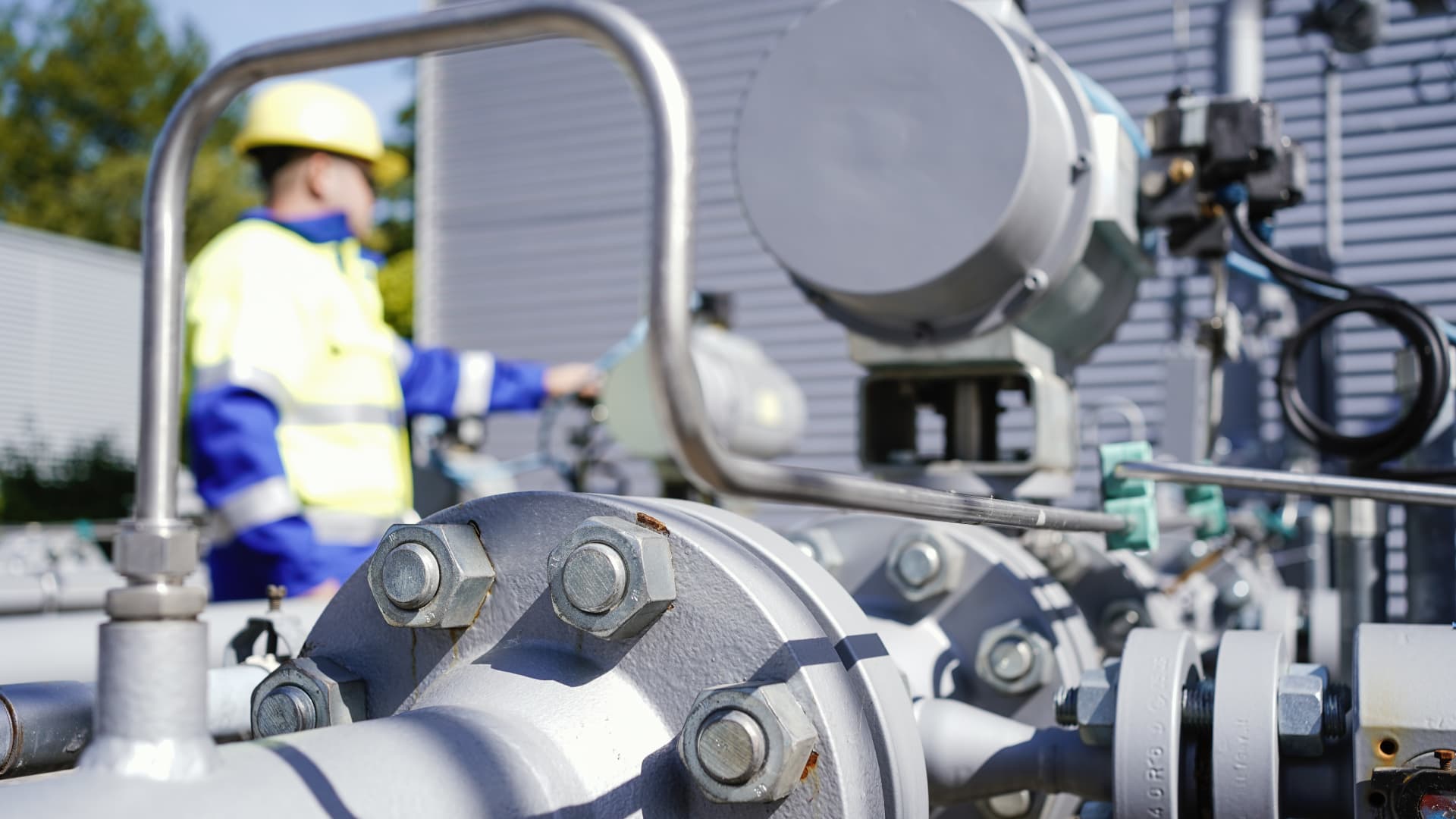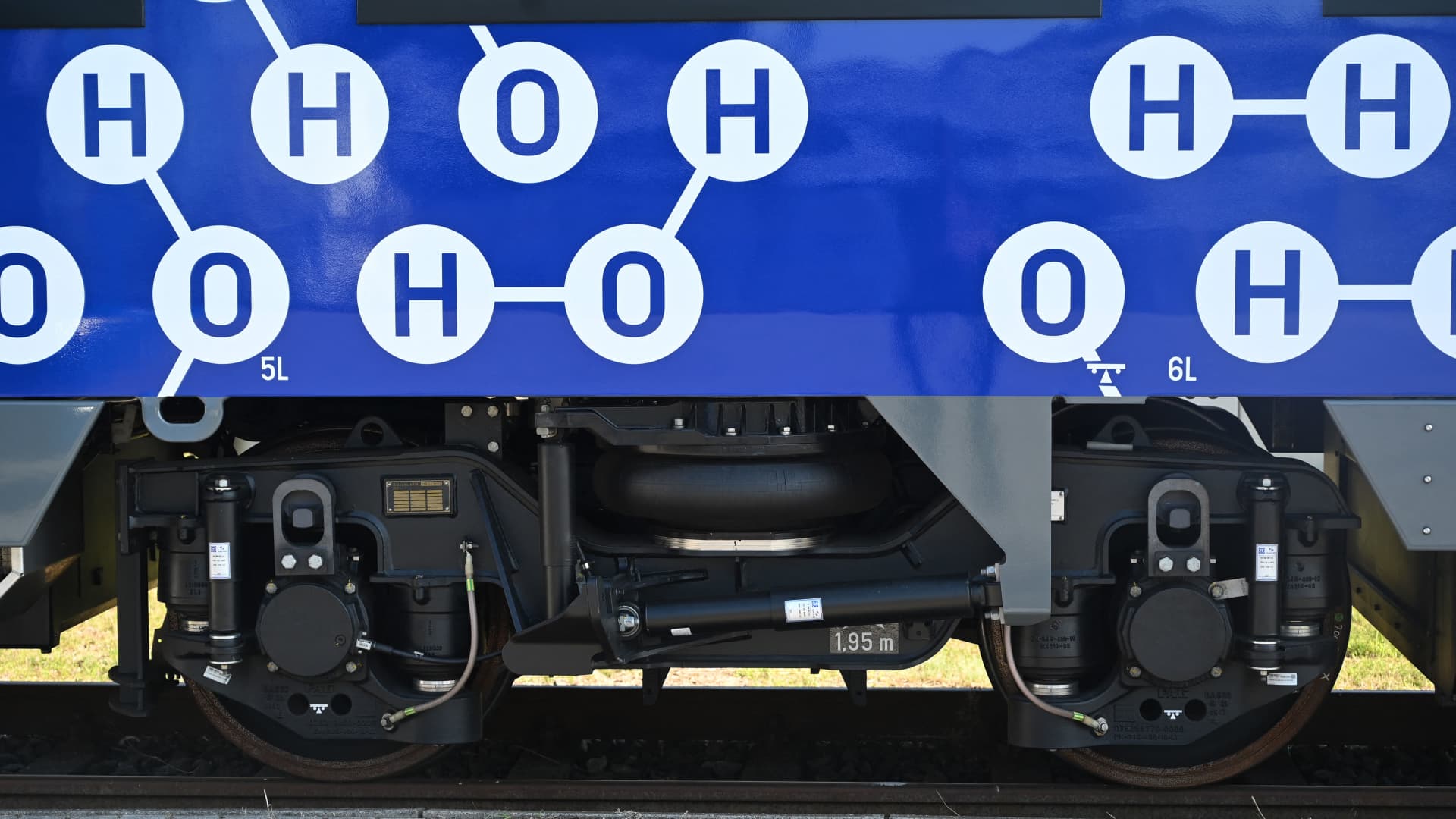Fraunhofer ISE Doubles Production Speed Of Silicon Wafers For Solar Panels


Solar and wind are the keys to the world’s need for more renewable energy. But there are production constraints that limit how quickly things like wind turbine blades and solar panels can be manufactured. The primary components of solar panels are the silicon wafers that turn sunlight into electricity. That’s not to say there aren’t other components that are also important to making solar panels, but without silicon wafers they are more decorative than functional.
Working with a consortium of companies and research organizations, Fraunhofer ISE has devised an innovative production line that can produce 15,000 to 20,000 silicon wafers per hour — approximately double the output of most production lines in use today. The increased speed of production promises to lower costs and reduce supply chain bottlenecks, according to a Fraunhofer ISE press release.
The improvements pioneered by Fraunhofer and its partners involve tweaks to several individual steps in the manufacturing process. The detailed results from the research project, which was funded by the German Ministry for Economic Affairs and Climate Action, will be presented this week at the eighth World Conference on Photovoltaic Energy Conversion in Milan, Italy.
“In 2021, 78 percent of all silicon solar cells were produced in China,” explains Dr. Ralf Preu, the director of PV production technology at Fraunhofer ISE. “In order to deploy more solar installations as quickly as possible and to make our supply chains more robust, Europe should re-establish its own production centers for high efficiency solar cells. By boosting throughput and making production technology more resource efficient, we can cut costs considerably and unlock sustainability potential that we will be able to leverage thanks to process knowledge and engineering excellence.”
New Concepts For Production Of Silicon Wafers
The consortium investigated every stage of the production of high efficiency silicon solar cells to optimize the entire process. Several process steps required new developments. “For some processes, established production workflows needed to be accelerated, other processes needed to be reinvented from scratch,” explains Dr. Florian Clement, project manager at Fraunhofer ISE. “Compared to the numbers we currently see, the production systems developed within the scope of the project achieve at least double the throughput.”
One of the new developments involves the implement of on-the-fly laser equipment which continually processes the wafers as they move at high speed under the laser scanner. For the metalization of solar cells, the consortium introduced rotary screen printing instead of the flatbed screen printing process that is standard procedure today.
Solar cells require differently doped sections where silicon layer and metal contacts meet. The Fraunhofer ISE researchers integrated the diffusion process used in this context and the thermal oxidization of the wafers and made it a one step process. Wafers are no longer placed individually, but rather stacked on top of each other to be processed in the furnace. As a result, the oxidization process creates the final doping profile and achieves surface passivation while increasing the throughput of the process by a factor of 2.4.
Following the electrode imprint on the solar cells, the contact of the electrodes to the silicon solar cell is formed on both sides in inline furnaces. Standard furnaces would have required a significantly larger heating chamber to increase throughput at this stage. Instead, the project consortium installed a three times faster belt speed in the furnace and compared the quality of the sintered solar cells with today’s standard. Despite the increased speed of manufacture, the efficiency of the solar cells was equal to those produced using conventional methods.
For the complete solar cells, the consortium devised two concepts. A contactless method and a method using sliding contacts were implemented to enable future production lines to test cells faster. This makes it possible to keep up a continuous speed of 1.9 meters per second while measuring the cells, with the team demonstrating great measurement accuracy for both concepts. A patent has been filed for the contactless method.
The Takeaway
It is popular today to moan about how the renewable energy revolution can’t meet the need for electricity consistently and we should just keep on burning coal and unnatural gas to generate electricity. Fortunately, organizations like Frauhofer ISE and its research partners are pursuing advanced research projects like this one and ways to recycle solar panels that will make renewable energy available to more people at lower cost.
People are all up in arms about California banning cars with infernal combustion engines in 2035 as if it were an affront but the truth is, by then the demand for those gas hogs will have collapsed and no one will be still manufacturing those beasts. Similarly, people are whingeing about how the sun doesn’t shine at night but don’t know about the new long term energy storage technologies coming available.
It’s time to put down those pitchforks, people. The path toward a low carbon future is being created all around us every day in hundreds of laboratories around the world. The bottom line is that, in order to survive, we have to stop burning fossil fuels. Period. Full stop. Fraunhofer ISE is helping us figure out how to do exactly that.
Appreciate CleanTechnica’s originality and cleantech news coverage? Consider becoming a CleanTechnica Member, Supporter, Technician, or Ambassador — or a patron on Patreon.
Don’t want to miss a cleantech story? Sign up for daily news updates from CleanTechnica on email. Or follow us on Google News!
Have a tip for CleanTechnica, want to advertise, or want to suggest a guest for our CleanTech Talk podcast? Contact us here.
Advertisement
This post has been syndicated from a third-party source. View the original article here.




